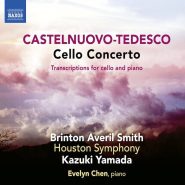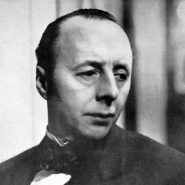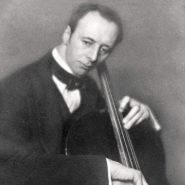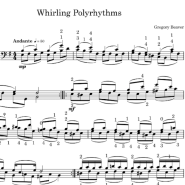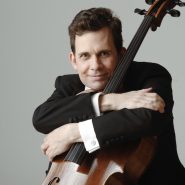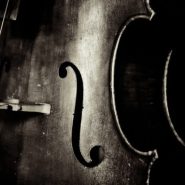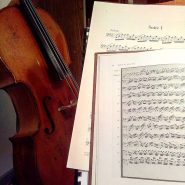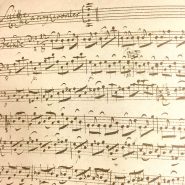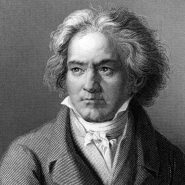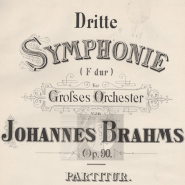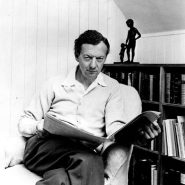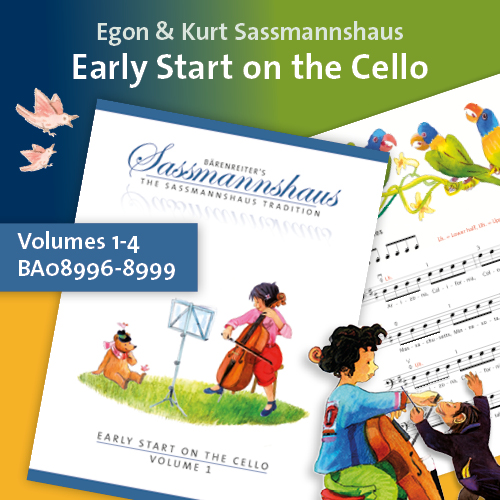Category: Repertoire
By Brinton Smith June 13, 2018
Subjects Repertoire
By Tully Potter February 5, 2018
Subjects Historical, Repertoire
Tags cello concerto, composers, criticism, Elgar, Felix Salmond, premiere
By Tully Potter February 5, 2018
Subjects Historical, Repertoire
Tags cello concerto, composers, Elgar, Felix Salmond, premiere
By Brinton Smith January 4, 2018
By Gregory Beaver December 20, 2017
Subjects Repertoire
Tags
By Brinton Smith April 12, 2017
By Inbal Segev February 13, 2017
Subjects Baroque, Repertoire
Tags Bach, Bach Suites, cellobello, CelloBlog, inbal segev
By Inbal Segev February 9, 2017
Subjects Baroque, Repertoire
By Colin Carr February 2, 2017
Subjects Baroque, Repertoire
Tags Bach Suites, cello, cellobello, CelloBlog, Colin Carr
By Laurence Lesser January 22, 2017
Subjects Baroque, Repertoire
Tags Bach, Bach Cello Suites, Interpretation
By Guest Blogger June 15, 2016
Subjects Repertoire
Tags Beethoven, chamber music, repertoire, Sonata
By Brant Taylor March 4, 2015
Subjects Auditions, Orchestra, Repertoire
By Aron Zelkowicz December 8, 2013
Subjects Interviews, Repertoire
Tags Aron, Britten, Britten Cello Suites, Britten Cello Symphony, cello, cellobello, chant, conducting, improvisation, interview, Introduzione, Isserlis, manuscript, multiple versions, performance, premiere, recording, Rostropovich, Russian Orthodox Liturgy, Shostakovich, Sonata, Steven, Tavener, third suite, Zelkowicz
